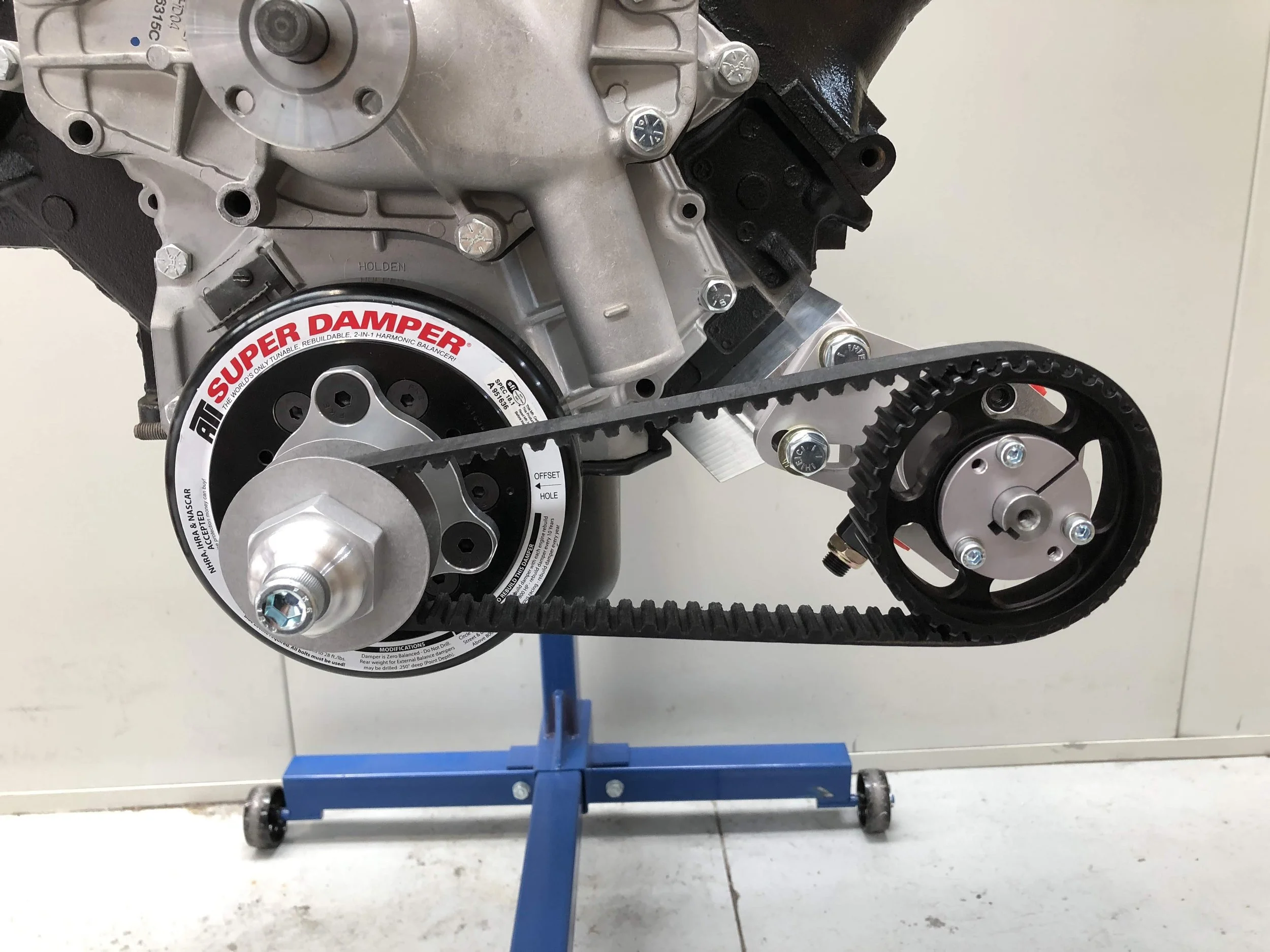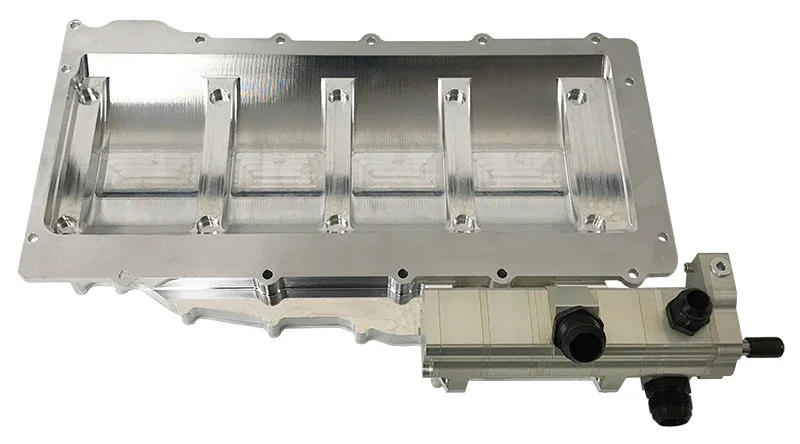dry sump #101
If you watch much racing you may have heard of "dry sumps", which sound completely illogical. A sump, also known as an "oil pan", is the reservoir where all your oil runs back to in an engine or transmission. Most will have a filter mounted to them somewhere nearby, off to one side.
The engine oil pump is normally mounted nearby and sucks the oil out of the reservoir, distributing it through the engine so everything spins nicely. This is the traditional production car system known as a “wet sump” as that is where the engine oil is stored.
The problem with these conventional "wet sump" arrangements is they are often bulky as they need to hold litres and litres of oil and, particularly in older cars, they let the oil slosh around freely from side to side, and front-to-back, when you're fanging your car through corners. This is bad as it leads to aeration of the oil or, catastrophically, makes the oil pump's pick-up tube suck up air instead of oil which deprives the motor of lubrication and can destroy everything in seconds.
My mate Heath drives his Holden V8-powered Torana like it owes him money, and he’s discovered just how difficult it can be to maintain oil pressure in these old 60s-era engines, even with all the baffles and trap doors he can manage to fit inside his wet sump, and adding in fancy oil accumulator tubes.
Upgraded oil pans are available, which feature welded or bolt-in plates (called "baffles") which stop the oil from just freely moving inside the sump like you're shaking a fruit bowl full of milk. There are also aftermarket companies which make their own upgraded sumps featuring swinging trap doors to allow excellent oil flow, without aerating the oil or allowing the pick-up tube to run dry.
Then you have products like the Accusump, which is an oil accumulator. Made by Canton Race Products in the USA the Accusump was the first commercial product to store pressurised oil in a cannister mounted outside the engine, with a one-way pressure valve that will release the pressurised oil back to the engine when engine oil pressure starts to drop.
The ultimate way of ensuring your oil pump always has pressurised, cool and non-aerated oil is to fit a dry sump. This concept means the oil pan is no longer holding litres of oil on the bottom of the motor, instead holding it inside a large, tall tank mounted elsewhere in the vehicle.
When the oil runs back down into the pan after it has circled through the engine, it is the sucked out by a scavenge pump and pushed into the top of the external oil tank, where the air and gases are drawn out, before it is sucked out of the bottom of the tank by a pressure pump, drawn through a filter, and delivered back to the engine at the required pressure.
The scavenge and pressure pumps are normally externally mounted off the side of the engine on a common belt-driven crankshaft, replacing the stock oil pump and sometimes running multiple "stages". This is where you hear of "four-stage" or "three-stage" dry sump systems, where one stage is for the pressure side and the remaining "stages" used to scavenge the oil out of the motor.
A side-benefit is, because of the shallow pan on the bottom of the motor, you can mount the engine lower in the chassis thereby improving weight distribution as you shift a big lump of weight towards the centre of gravity. You also shift the weight of holding all that oil to wherever you want it in the car, also helping weight distribution, while a shallower oil pan under the motor allows for lower ride height and improved under-car aerodynamics.
Look at the billet “4.5-stage” dry sump pan from Dailey Engineering below. This shows you the “stages” or more appropriately named each scavenging bay which the pump will scavenge from.
The downside to dry sump set-ups are their complexity and expense, and they're not really practical in a street car where you shouldn't have big tank-loads of oil in your cabin or cargo area. You are looking at over $10,000 to get a high-quality dry sump set-up and working properly in your car, and remember all that oil capacity will continue to financially sting when it comes time to change the oil and filters. Almost all regular street cars not making over 1500hp will get away with a gated and baffled wet sump, as the kinds of G-forces required to cause oil pressure issues that can't be remedied with a trap door wet sump are way past what cars can generate on public roads.
However, for extreme cars a dry sump will give you rock-solid oil pressure, improved oil temperatures in some cases, and allow your engine to be mounted lower in the chassis, and move weight to areas more beneficial for handling and braking.






